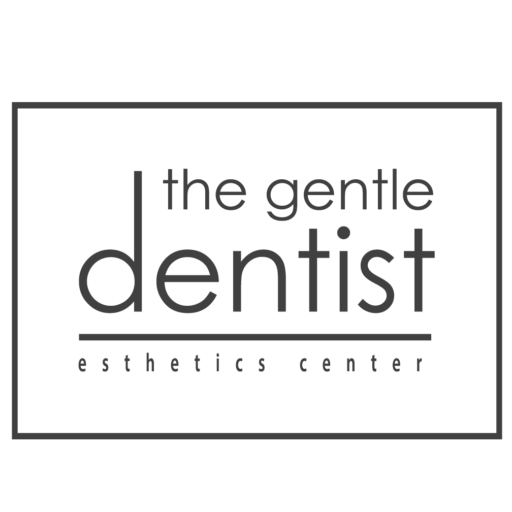Different types of orthodontics
Orthodontics
Everyone has the right to have an attractive smile that enhances their self-confidence, especially when they integrate into their work environment and social circles. When you mix with people, their reactions or even their comments may tell you that there are defects in your teeth that prevent you from dealing with those around you with confidence and expose you to many embarrassing situations. Even young children who suffer from dental problems such as crowding or spacing of teeth may also suffer from bullying and silly comments from their colleagues, but the progress in dental services now provides many effective solutions such as orthodontics. So what are these problems and how does orthodontics work to solve them?
What is orthodontics?
Orthodontics helps solve some dental problems such as misalignment of teeth, crowding, spacing (spaces between teeth), the shape of dental arches, or bite problems to restore the balance between the shape and function of the mouth, as well as improve facial aesthetics.
In addition, orthodontics faces major problems such as correcting changes in the jaw and face, especially functional chewing disorders.
Different types of orthodontics
In general, we can divide the available orthodontics or correctors into two broad categories:
- Fixed braces
- Removable braces
Fixed braces
Fixed braces are the classic braces, the most famous and most common to this day. They are usually always associated with flashy brackets. Currently, thanks to the development of dental aesthetics, it is possible to find a wide range of smaller and invisible braces. This allows us to have a correct and long-lasting treatment, as well as confidentiality.
As its name indicates, the patient cannot remove fixed braces at any time. There are several types depending on the material used and the place where the device is placed in the mouth:
Metal braces
This type of brace is the most traditional type among all types of fixed braces. This type of dental appliance is usually very popular due to its quality-price ratio. In addition, it is the most resistant to bites and even blows.
This type of braces, despite being very basic, allows you to correct all kinds of alignment, bite, and position problems; which is why it continues to be used in a high percentage of patients. In addition, little ones can combine them with colorful rubber bands in a fun way to give the treatment an aesthetic look.
The main disadvantage of metal braces is their appearance, being made of metal, they are very visible and unattractive because they stand out a lot in the wearer’s mouth.
Ceramic braces
The materials used in this type of braces make their design more aesthetic than the usual metal braces. This is their main advantage.
Another point in favor of this brace is that it is possible to place it on the front teeth only and combine it with the traditional system. In this way, the metal braces are hidden and a better aesthetic effect is generated.
Sapphire braces
Like ceramic braces, sapphire braces are more hidden from the naked eye than metal braces, being practically invisible. They are also similar to ceramics in that they cause less discomfort to the wearer due to their small size, which results in less friction on the gums and the inner part of the lip.
They are also very resistant. Sapphire, known for its hardness, prevents the wear of the braces, and with proper care, the braces are unlikely to break.
Lingual braces
It is a type of invisible brace that is placed inside the teeth so that they are hidden from everyone and reduces the aesthetic problems associated with these treatments.
It is one of the techniques that are widely used because it offers excellent results. Each bracket is handcrafted using noble materials such as gold and is designed specifically for each tooth, based on an exact copy of the lingual surface on which it will be placed.
With this method, you can get a more precise and less durable treatment than traditional braces. Another factor in its favor is that it allows better hygiene throughout the treatment period.
Removable braces
Removable braces are those that require supervision by a specialist dentist but are placed with materials and techniques that the patient can remove at home, for example, to eat or brush their teeth.
Invisalign. Invisible braces
Although many homes have removable braces, Invisalign invisible braces are the most used by dentists around the world. It uses the latest, most precise techniques, completely customized for each case. For this reason, it is the treatment we use the most and recommend to our patients.
It is based on the placement of transparent aligners, practically imperceptible to other people, which are renewed approximately every two weeks. This system does not require braces. Each “aligner sleeve” is specially manufactured to perform a specific and progressive movement of your teeth and thus place them in the position your smile needs to look its best. When you change the aligners, the teeth move until you get the cinematic smile you want.
By being able to remove them at specific times, you will be able to eat normally without having to deprive yourself of anything, in addition to maintaining good oral hygiene just as if you did not have braces by being able to remove them at all times to clean your teeth. In this way, you will also avoid the many visits to the dentist that you would have to make with traditional braces.
Advantages of Orthodontics
In addition to the well-known aesthetic advantages that motivate orthodontic treatment, there are other very important advantages related to the function of the mouth and the health of the patient.
- Improves digestion, as a result of improving the bite when chewing.
- Prevents headaches and earaches, which are often associated with the position of the mouth and jaws.
- Avoids neck and back spasms when the teeth fit together.
- Prevents tooth erosion.
- Prevents oral problems such as gingivitis.
- Improves oral hygiene, by correcting spaces and reducing crowding of teeth so that brushing is more efficient and avoids diseases such as cavities or infections.
- Improves oral development when performing orthodontics in children, and avoids harmful habits that can distort the position of the teeth.
- Improves the smile aesthetically, which helps to gain better self-esteem and security in social relationships
Conclusion
The duration of orthodontics depends on the patient’s condition and the degree of poor dental position. In mild cases, we can talk about up to 12 months, in moderate cases, we may need 18 months, and in severe cases that require extraction to improve the occlusion, we can talk about 24 months or more, depending on the severity of the case. This period is subject to the patient’s commitment to his appointments and the care provided by the specialist.
See also: What is dental calculus cleaning?
Follow us on Instagram The Gentle Dentist
Sources
- https://my.clevelandclinic.org/health/treatments/24285-orthodontics
- https://www.nhs.uk/conditions/orthodontics/
- https://www.news-medical.net/health/What-is-Orthodontics.aspx
- https://www.medicalnewstoday.com/articles/249482
- Myth or Fact? Everything You Need to Know About Teeth Whitening at Home
- Dental Implants: The Perfect Solution for Tooth Loss and Restoring Self-Confidence
- Secrets of a Healthy Mouth: Daily Habits That Protect Your Teeth from Cavities
- Thumb sucking in children and its effect on dental health.
- Benefits of regular teeth cleaning

